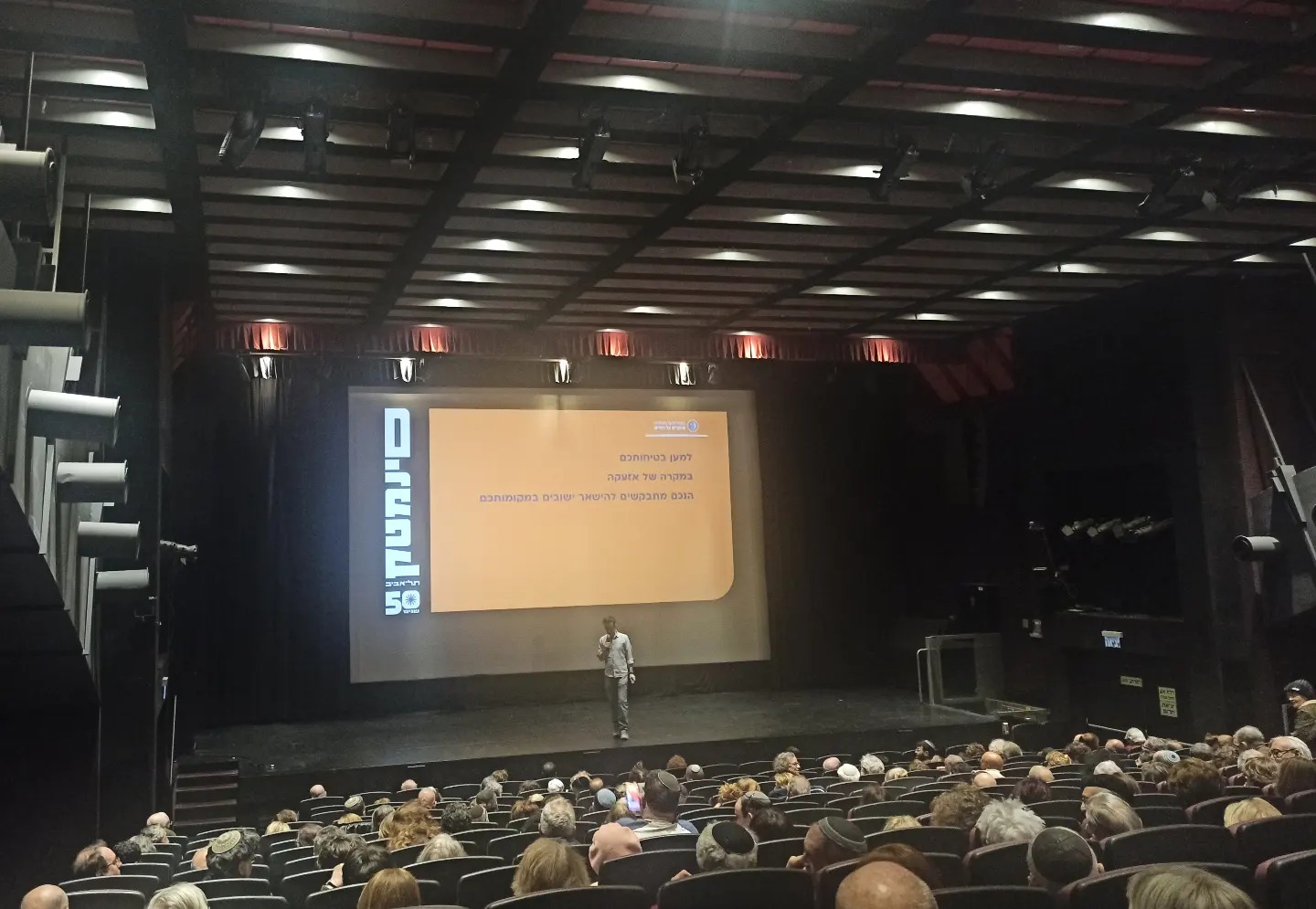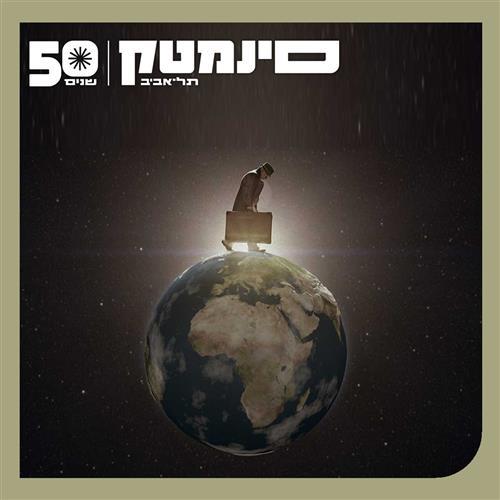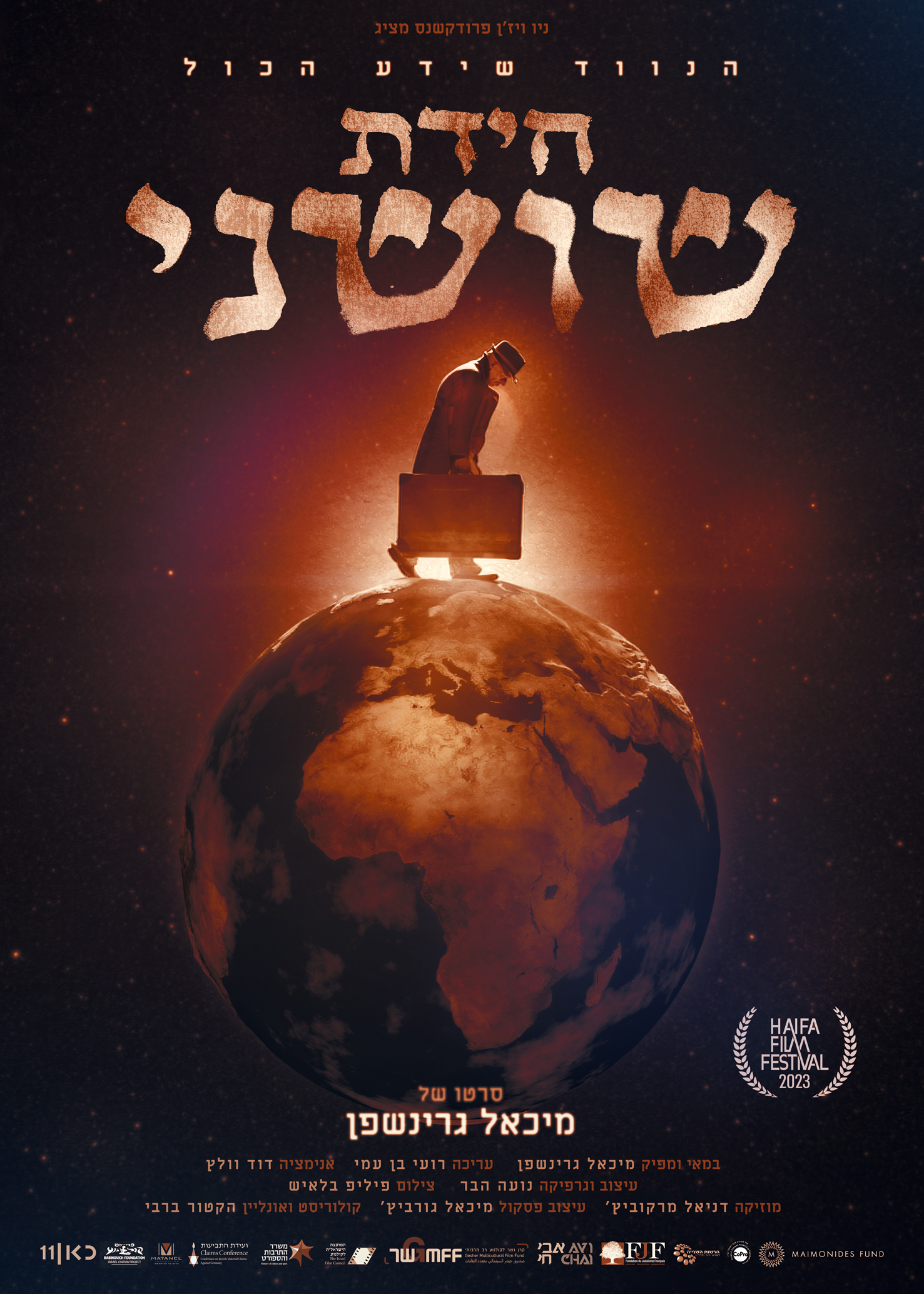Tag Archives: shoushani
הקרנות חדשות של הסרט “חידת שושני” בסינמטק תל אביבת
His method of teaching a young boy who later became Professor
Prof Jacques Goldberg says about his Master Shoshani:
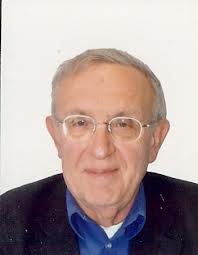
“[That's] how he started teaching me Torah when I was ten, not without quoting that the same method was used over the years, for Bible, Mishna, Talmud … and maths. Because he found me serious and motivated, he just very quickly gave up the requirement of writing, verbal was sufficient.
I would first read the next verse, never more, in Hebrew.
I would then copy the verse, in Hebrew, in my notebook, over two blank pages per verse, and draw columns lines word after word.
In each column I would write down all possible meanings of each individual word without consideration to the neighbor columns.
I would then start a loop in a loop in a loop etc… to build statements meaning by meaning. Most could quickly be discarded as making no sense.
Among those still making sense, I had to select the best, and convince Monsieur Shoshani why I was convinced that this was the best understanding.
And then I only had to convince him that the contrary could as well be correct… before starting the next verse.”
New book in Italian about Mister Chouchani
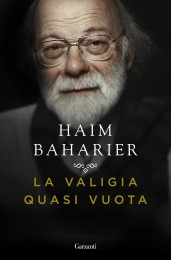 A new book about Monsieur Chouchani by Haim Baharier who met him as he was a child. It’s in Italian, “La Valigia Quasi Vuota”.
A new book about Monsieur Chouchani by Haim Baharier who met him as he was a child. It’s in Italian, “La Valigia Quasi Vuota”.
http://www.mosaico-cem.it/articoli/la-valigia-quasi-vuota-la-nuova-opera-di-haim-baharier
Maestro Shoshani – video
In Spanish. En Espagnol
En español
בספרדית:
“Magical Mystery Man” – new article in Haaretz about Mr. Shoshani
A beautiful mind: The mysterious Jewish genius whose riddle saved him
Filmmaker Michael Grynszpan is trying to unravel the enigma named Chouchan, an indigent wanderer and scholar of Torah and other subjects, whose full name and biography are still unknown 45 years after his death.
 |
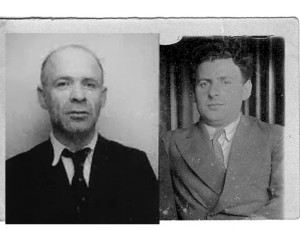
Sixty-one years ago, on October 16, 1952, a somewhat peculiar article appeared in the daily Maariv under the heading “Faces on the ship.” The reporter, David Giladi, Yair Lapid’s maternal grandfather, described a group of passengers on their way to Israel from France. “There were many important people onboard the ship, professors and judges, consuls and envoys, but the most popular figure was that Jew named Ben-Chouchan,” he wrote.
This Ben-Chouchan spent his nights on a bench on the upper deck of the ship, bundled up in his coat against the night chill. “The man is unkempt in his outward appearance, dressed in rags, and at first glance you would not give a penny for him,” Giladi wrote. But those who got to know Ben-Chouchan noticed at once that he was no ordinary man. “This is a Torah scholar, the likes of which there are not many, who swims like a champion swimmer in the sea of the Talmud, the midrashim, the earliest and later [biblical] commentators and external sciences,” added Giladi. “His knowledge flows like a fountainhead, and his strange midrashim astound the ears and hearts of his listeners, and his speech is fluent in multiple languages. And if an erudite person is said to be a ‘prodigy,’ then such a one is said to be a ‘genius.’”
Who was that mysterious Jew aboard the ship? What was his full name, where did he come from and where did he go? In the 45 years since his death, in Uruguay, many have wondered about him and tried to crack the riddle of the mysterious figure who was so full of contradictions − a brilliant Jew who knew the Bible, the Talmud and “The Guide for the Perplexed,” by heart, who grasped nuclear physics and solved mathematical mysteries, who lived like a vagabond, beggar and ascetic, but was actually wealthy, and whose money to this day is apparently used to help the indigent, as well as yeshiva students.
His death in Uruguay in 1968 left a great many open questions − but also countless enthusiastic devotees of his teachings, among them intellectuals and scientists, professors and well-known scholars from Israel and elsewhere in the world, who had been his disciples. Among them were Hebrew University professor of Jewish philosophy Shalom Rosenberg and Holocaust survivor Elie Wiesel and renowned philosopher Emmanuel Levinas.
“People who met him talk about him as if he were the prophet Elijah. Some say he was an angel, others − a devil. But nobody remained indifferent. This strange Jewish genius became a legend,” explained Tel Aviv-based filmmaker Michael Grynszpan last week. Grynszpan has devoted the past few months to exhaustive and cross-continental research into the man he refers to simply as “Mr. Chouchani” (also spelled “Shushani” in some sources), which will be presented in a new, as-yet untitled film. “As far as I’m concerned, he is the puzzle of the 20th century,” he added.
Grynszpan has set up a website and Facebook page to help him make contact with any people who may have known or heard of the subject of his film. Armed with a camera, the filmmaker has been collecting testimonies about his enigmatic persona.
Twelve years after the article appeared in Maariv, in 1964, the mass-circulation Yedioth Ahronoth also reported on the mysterious Jew. Elie Wiesel, who then wrote for the newspaper, published an article in 1964 under the headline “The rabbi − a modern legend,” in which he wrote: “Nobody knew his name, or how old he was. Perhaps he had no name. Perhaps he had no age. He lacked all of those qualities by which a man is defined as belonging to a certain group.”
Adding to the puzzlement surrounding him, “Mr. Chouchan” was apparently in the habit of vanishing and popping up, each time in a new place. Wiesel wrote: “Suddenly he would appear, and then vanish a month or a year later, without leaving a trace. He would accidentally be discovered on the other side of a border … A businessman, a prophet who was dispatched, quite a number of times he went around the world without money, without papers, no one knew how.” Wiesel, too, described the man’s shabby appearance: “He was always filthy, unkempt and dressed in rags. He resembled a vagabond-turned-clown.”
Wiesel had previously met up with Mr. Chouchan on and off for about three years, after the war, after making an initial acquaintance at a small synagogue in Paris. He wrote in the Yedioth article that Chouchan “knew everything, but always lived in the shadows. He read all the books, penetrated all the secrets, traversed all the countries. He was at home everywhere and nowhere. Nobody knew where he lived and what he lived off of … He recognized no law, no authority, neither of time nor of place. He always appeared to have arrived from faraway and magical vacations.”
From the articles and testimonies Grynszpan has amassed, and some archival research, the following picture emerges: The wise mysterious Jew in question was born around the beginning of the 20th century, some say in Lithuania and others say in North Africa. His full, real name is unknown. Some say it was “Hillel Perlmann” − a disciple of Rabbi Abraham Isaac Kook; others believe his name was Mordechai Rosenbaum; many refer to him as “Mr. Chouchan,” or simply “Chouchani.”
He apparently survived the Holocaust thanks to his sharpness and courage. There is one story about him being arrested by the Germans and taken for interrogation by the Gestapo. In his interrogation he claimed to be Aryan, a native of the Alsace region, a professor of mathematics at the University of Strasbourg. The interrogating officer, sneering at the sight of the beggar with airs of being a professor, said to Chouchan, according to the stories: “You have made a grave mistake. In civilian life I myself was a professor of mathematics.”
Chouchan, so the story goes, suggested making a deal with the devil, with the Nazi officer: He would present the officer with a tough mathematical riddle, and if the officer solved it − he would execute Chouchan. If he failed, he would have to let the man go free. A short while later, Chouchan was released, and he escaped to Switzerland after making a difficult journey.
According to another story, he was arrested by the Nazis in Paris and forced to undress. When they saw he was circumcised, he told them he was a Muslim. Then he amazed all present by reciting parts of the Koran perfectly − to the point where an imam who was brought in by the Germans confirmed that the detainee was indeed Muslim.
After the Holocaust, according to the research, he began to wander the globe, acquiring numerous students and admirers on various continents. He died 45 years ago, and his gravestone in Montevideo reads: “The wise Rabbi Chouchani of blessed memory. His birth and his life are sealed in enigma.”
Hebrew University’s Rosenberg was asked recently in an interview with the history magazine Segula which spiritual figure from the past most impressed him. The answer was unequivocal: “Mr. Chouchani, who is also called Prof. Chouchani.” Rosenberg said that Chouchani’s name had been tied to “a lot of legends, none of which I believed [at first], and after meeting him I said that any person who tells me that what has been said about him is not possible or that it’s a myth − that person does not understand his greatness.”
Meanwhile, Grynszpan is continuing to search for people with information about Chouchani. “I am midway through [my research] but maybe actually only at the beginning,” says the filmmaker, who has been collecting testimonies in Israel, Canada, the U.S. and France, where he met a 100-year-old woman who studied with the enigmatic scholar. Soon Grynszpan will travel to the final stop in Mr. Chouchan’s life: Uruguay.
“They say he was crazy, insane and inhuman. They say he had a phenomenal photographic memory, for anything. There are so many wild stories about this human being,” he summed up.
Emile Sebban talks about the experience of learning with M. Shoshani
Emile Sebban (zal) about his study with Mister Shoshani : “The first day, he explained the text that

we studied. The next day he undid what he had taught the day before and offered a completely new way to understand the text. He did the same the next day and so on, until we move to the next text. ”
Emile Sebban (zal) sur son étude avec Monsieur Chouchani : « Le premier jour, il expliquait le texte que nous avions étudié. Le lendemain, il défaisait ce qu’il avait enseigné la veille et proposait une manière entièrement nouvelle de comprendre le texte. Il faisait de même le jour d’après et ainsi de suite, jusqu’à ce que nous passions au texte suivant. »
Manitou parle de Chouchani
Ecoutez Manitou (rav Leon Ashkenazi) parlant de Chouchani :
“Vous avez peut-être entendu parler d’un grand maitre d’après guerre qui était très spécial, c’est Chouchani. J’ai eu le privilège de le connaitre. Il aimait mettre les gens dans sa poche. Il était d’une science faramineuse et d’une mémoire impossible et vraiment une intelligence… hors du commun ! au point que JE ME DEMANDE S’IL ETAIT UN HOMME OU AUTRE CHOSE, c’est pour vous dire…
On ne sait pas d’où il venait. A l’accent il était lithuanien, son accent en hébreu était Litvak, ou alors c’est qu’il a étudié dans une yéshiva Litvak. C’était un prodige. Il est fort probable que dans sa Yeshivah il n’avait personne à qui parler, alors il est devenu fou.
Il y avait des gens qui disaient il est 50% fou et 50% génie – mais c’est faux. Il était 100 % génie et 100% fou ! C’était quelque chose d’exceptionnel. Je l’ai fréquenté pendant un an, admirez ma patience ! Il aimait parfois mettre les gens dans sa poche alors il avait appris que dans une synagogue de la rue Blanche, il y avait Moadon de la communauté séférade turque de la rue Saint-Lazarre. Une fois le comité culturel de la rue Blanche- en plein Pigale – avait invité un prêtre à faire un exposé sur le Cantique des cantiques. A la fin de l’exposé Chouchani se lève et dit : dites-moi la vérité : comment savez-vous ces choses-là puisque vous êtes célibataire ? Toute la salle s’est esclaffée…”
Enigma
Elie Wiesel wrote: “Even if all his disciples, everywhere, were to begin speaking about him – and nobody else – we would not know more about who he really was, about what shadows he fled or sought, or the nature of his power and torment.”
Albert Einstein’s quote
Albert Einstein: “The most beautiful thing we can experience is the mysterious. It is the source of all true art and science. 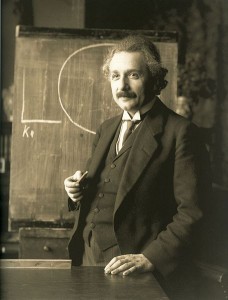 He to whom the emotion is a stranger, who can no longer pause to wonder and stand wrapped in awe, is as good as dead —his eyes are closed. The insight into the mystery of life, coupled though it be with fear, has also given rise to religion. To know what is impenetrable to us really exists, manifesting itself as the highest wisdom and the most radiant beauty, which our dull faculties can comprehend only in their most primitive forms—this knowledge, this feeling is at the center of true religiousness.”
He to whom the emotion is a stranger, who can no longer pause to wonder and stand wrapped in awe, is as good as dead —his eyes are closed. The insight into the mystery of life, coupled though it be with fear, has also given rise to religion. To know what is impenetrable to us really exists, manifesting itself as the highest wisdom and the most radiant beauty, which our dull faculties can comprehend only in their most primitive forms—this knowledge, this feeling is at the center of true religiousness.”
